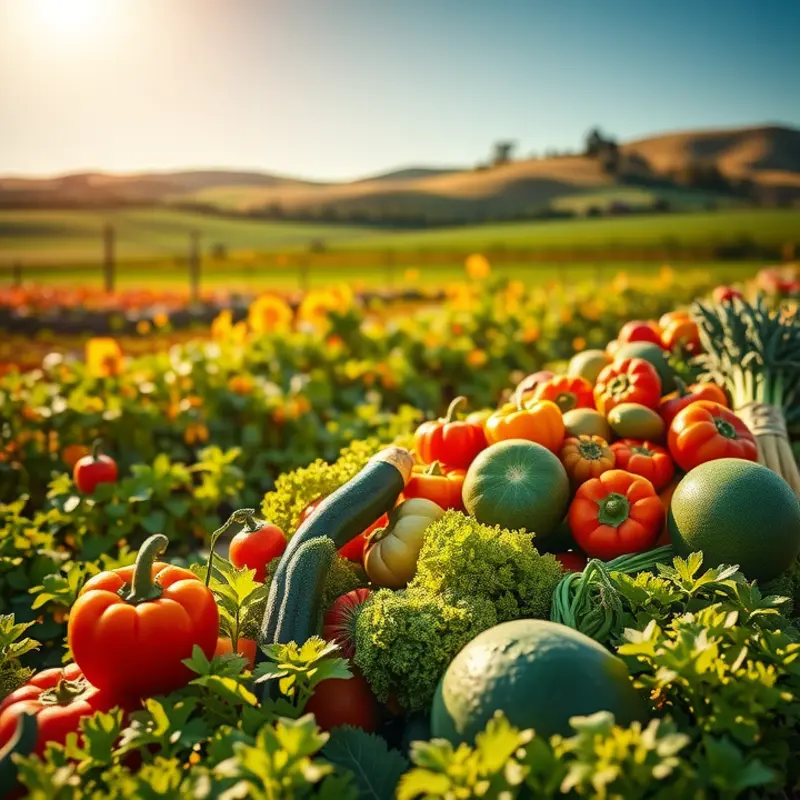Breads have long been more than just a staple in diets around the world; they symbolize celebration, culture, and community. From the festive Panettone of Italy to the sweet, saffron-infused Lahoh of Yemen, varieties of festive breads weave a rich tapestry of tradition across cultures. Each loaf tells a story of its origins and the occasions it honors, inviting culinary enthusiasts and the culturally curious to dive into the heart of global festivities.
Italy’s Panettone: A Sweet Symphony of Tradition

Panettone, the crown jewel of Italy’s festive breads, is much more than a Christmas delight. This sweet bread, adorned with candied fruits and raisins, embodies the spirit of Italian holiday traditions. Its origins trace back to Milan, where medieval guilds would bake large, dome-shaped loaves, their golden crust a symbol of wealth and prosperity.
Legend has it that Panettone was born from a romantic tale of a nobleman who disguised himself as a baker to win the heart of his beloved, Toni. His creation, “Pan de Toni,” charmed the community, evolving into today’s Panettone.
The process of making Panettone is an art form, deeply embedded in tradition. It begins with a humble starter dough, left to rise and develop a tangy profile over several days. This is then mixed with ingredients like flour, butter, eggs, and sugar, crafting a rich and tender crumb. To complete the symphony of flavors, candied orange peel, citron, and plump raisins are folded into the dough.
Achieving the perfect Panettone requires patience and skill. The dough, once mixed, undergoes multiple cycles of kneading and rising. This meticulous process ensures the bread’s airy texture. After its final rise, the dough is gently shaped into its iconic dome and baked until perfectly golden.
In recent years, Panettone has seen modern adaptations. Artisanal bakers experiment with unique ingredients, from exotic spices to gourmet chocolates, adding new layers to its traditional palette. Vegan and gluten-free variations also honor dietary preferences, embracing inclusivity while respecting tradition.
Significant to Italian culture, Panettone graces the holiday tables across Italy, from the alpine north to the sunny south. In many households, the first slice is cut on Christmas Eve, surrounded by family and friends, celebrating togetherness and joy.
For those interested in the interplay of traditional culinary practices and modern food culture, Panettone exemplifies how recipes transcend time while embracing innovation. Its longstanding popularity, bolstered by contemporary twists, showcases a dance between heritage and global influence.
To explore more about traditional cooking methods and the role of foods in cultural contexts, consider visiting ancient culinary practices. This exploration into history and modernization provides a richer understanding of how foods like Panettone shape our shared culinary heritage.
Yemen’s Lahoh: The Soul of Festivity

Yemen’s Lahoh is a culinary symbol that epitomizes hospitality, warmth, and the celebration of life. Its spongy texture and unique flavor profile make it an essential part of Yemeni festive gatherings. As you delve into its cultural significance, you begin to appreciate how this flatbread weaves itself into the social and familial fabric of Yemen.
Lahoh is central to special occasions, such as Eid and weddings, where its presence is as anticipated as the celebratory meals it accompanies. It represents more than food—it’s a gesture of generosity, embodying the host’s desire to share their wealth of culture and goodwill. In a traditional Yemeni home, serving Lahoh signifies more than adherence to hospitality norms; it’s an affirmation of community and togetherness.
The preparation techniques of Lahoh reflect the values of patience and skill passed through generations. The batter, made from all-purpose flour and water, is left to ferment, developing its signature spongy texture over time. This careful fermentation process is the heart of Lahoh’s unique structure, allowing it to absorb accompanying flavors beautifully.
An enchantment of spices elevates the basic ingredients into something extraordinary. While flour and water lay the foundation, it’s the whisper of spices like cumin and the delicate inclusion of saffron that create its alluring aroma and golden hue. These elements harmoniously blend to craft a flavor that’s simultaneously delicate and distinct.
Cooking Lahoh requires a practiced hand. Traditionally, it is cooked on a specialized flat pan until the sides are crisp and the surface is covered in small holes, similar to a crumpet—a process highlighting the artistry involved. This reveals another layer of its cultural resonance, as it underscores an appreciation for culinary rituals.
Yemeni celebrations are incomplete without the presence of Lahoh, whether served alone with honey or alongside savory stews. Versatility is its forte. At Eid feasts, it pairs seamlessly with spiced lamb, enhancing each bite with its tender, porous structure. During weddings, it might be accompanied by tea, its gentle warmth balancing the sweetness of the occasion.
In trying to learn more about how food bridges cultural connections, it might be insightful to explore traditional culinary practices further—such as those examined in this exploration of ancient food markets. These practices often preserve not only techniques but also the spirit and stories behind the foods enjoyed today.
Lahoh, though humble in ingredients, is a testament to the rich tapestry of Yemeni culture. Its presence in Yemeni homes is a reminder of how the simplest acts of making and sharing bread resonate with deep-seated traditions and histories. This yeasted delight, therefore, remains a cherished soul within every festive gathering, reminding all who partake of the communal warmth and joyous hospitality that is quintessentially Yemeni.
Final words
Festive breads are not just highlights of seasonality; they embody the rich traditions, stories, and flavors that connect people across the globe. Each loaf offers a glimpse into the heritage and heart of the culture it represents, making every bite an exquisite culinary experience. By exploring these unique festive breads, we celebrate the diversity of our culinary landscape, evoking joy and community around the world. Let these global flavors inspire your kitchen adventures, reminding you of the universal love for bread and the stories it carries.








